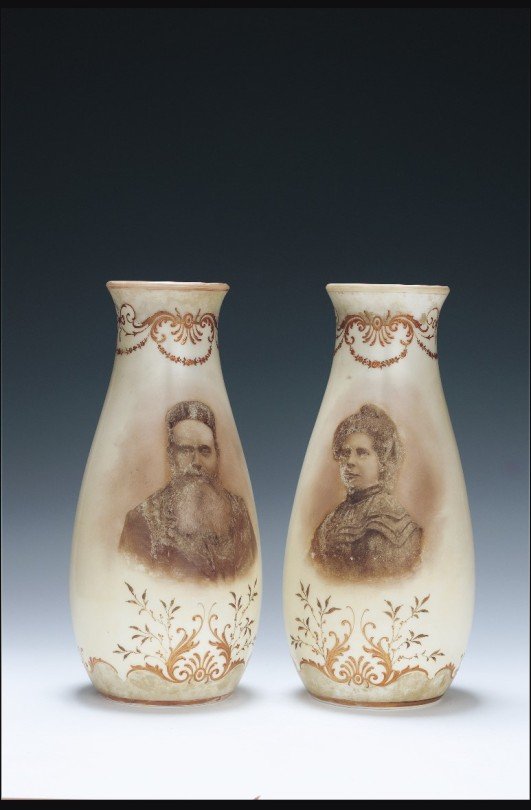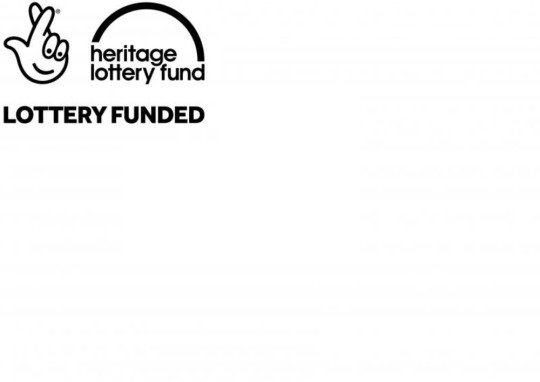The Great Migration and the Jewish East End
By Josie Roberts, Learning Officer
To accompany the Sukkot: Seeking Shelter exhibition we have an array of exciting events alongside the
wonderful sukkah installed in our Welcome Gallery. To highlight further some of the important issues surrounding migration, we are going to shed light on a number of hidden stories of migration in our permanent collection. We will add a new sign each week next to an object with a hidden story. To share these stories even further we wanted to add them to our blog. Keep up with the stories week by week.
This typical Victorian kitchen from the Jewish East End has everything one would need to live a Jewish life, complete
with Shabbat Candles and a Koshering Board.
The two white glass vases hidden in the cupboard show the portraits of two people, Sonia and Lazarus Haffkine, who immigrated to the East End from Russia.

Sonia and Lazarus were two of 2 million Jewish people that migrated from Eastern Europe to new countries between 1881 and 1914, with 150,000 people making Britain their home in what became known as the Great Migration.
Many faced severe economic hardships and hoped for better conditions in a new home. After the assignation of Tsar Alexander II in 1881, the situation worsened for the Jewish community in Eastern Europe. Persecution increased and violent pogroms forced many to seek safety elsewhere.
New immigrants often settled in the dockland areas they had first arrived in by boat, including the East End of London, Manchester, Liverpool and Glasgow. People found work in a variety of industries, often in low wage and labour intensive jobs. This led to many families in the East End struggling to cope and made living conditions difficult.
To tackle this, the existing Jewish Community set up many charities, including The Jews’ Temporary Shelter. Existing charities including Norwood and the Jewish Board of Guardians provided the community with support. This allowed families time to settle in and eventually to thrive in the safety of Britain.
This wave of migration changed London and brought a vibrant and dynamic community with unique theatre, food, music and religion; as well as their own language, Yiddish, a mix of German, Polish and Hebrew.
However, this mass movement prompted some to call for action to curb migration and led to the Aliens Act in 1905.
Looking around the History Gallery you will see many of the contributions this community made to industry and the arts. It is clear to see what a country can gain from immigration. London’s East End continues to welcome new communities and London continues to diversify, learn and prosper from migration.
The Sukkot: Seeking Shelter project was supported by the National Lottery through the Heritage Lottery Fund.
